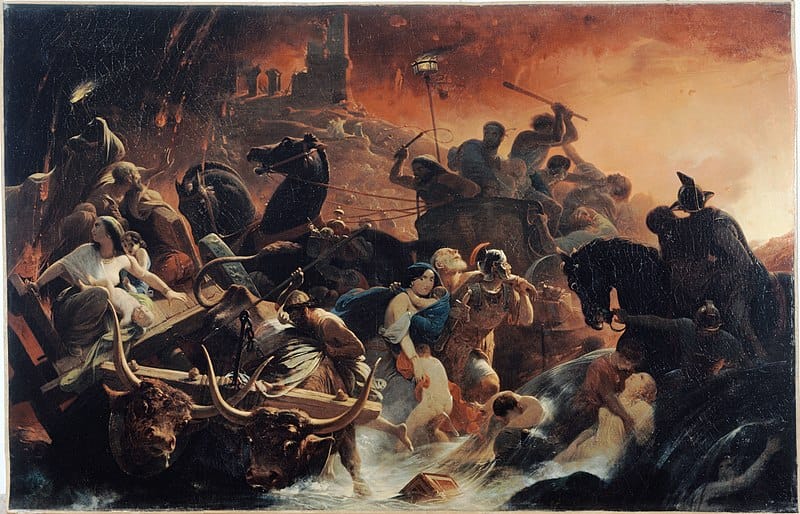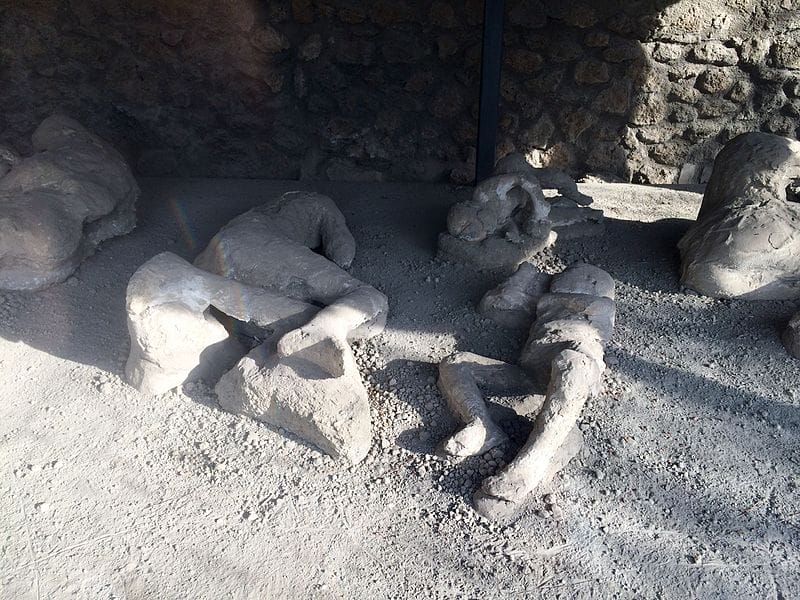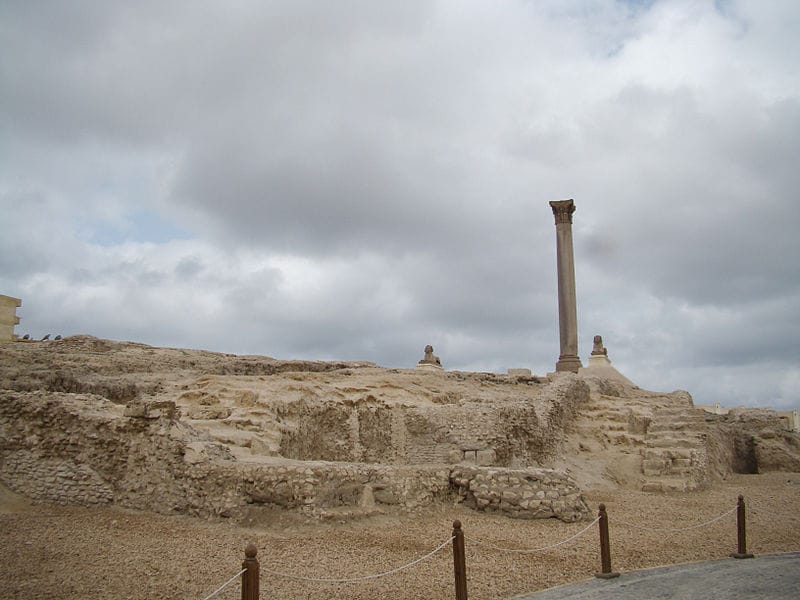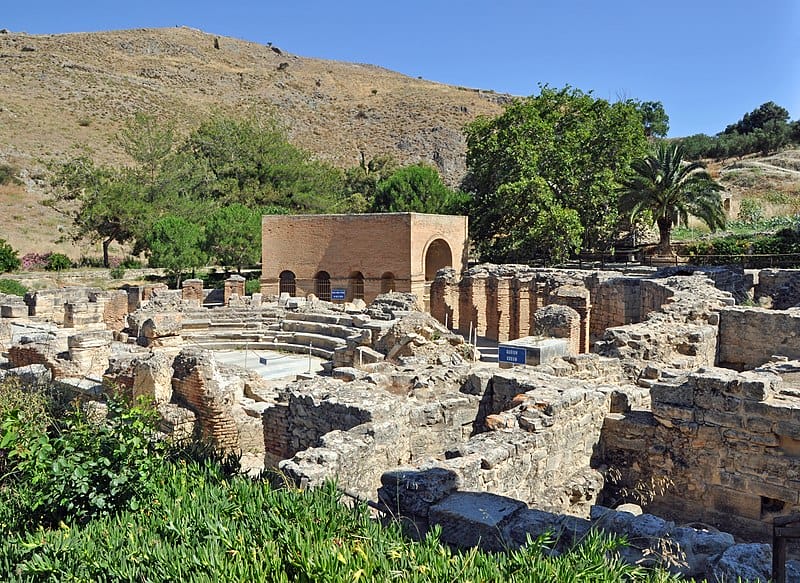Natural disasters are awful events that occur naturally, cause significant damage, and claim a big toll on lives. These disasters can take many forms, including earthquakes, hurricanes, tornadoes, floods, and wildfires. They can strike anywhere in the world, at any time, and often with little warning. That’s the main reason why many people develop a specific phobia of earthquakes or other natural disasters.
The causes of natural disasters can vary greatly and are often related to the geography and climate of a particular region. For example, areas that are prone to earthquakes are typically located near fault lines, while regions that experience hurricanes are often located near large bodies of water. In addition, human activity can also contribute to the occurrence and severity of natural disasters. For example, deforestation can increase the risk of landslides, while urbanization can exacerbate the impact of floods.

Despite their unpredictable nature, there are steps that can be taken to minimize the impact of natural disasters. These include developing early warning systems, building more resilient infrastructure, and improving emergency response and recovery efforts. By understanding the causes and impacts of natural disasters, individuals, communities, and governments can work together to mitigate their effects and build a more resilient future. All these are modern mostly modern attempts and the Roman Empire lacked the technology to do so.
Key Takeaways
- Natural disasters can take many forms and occur anywhere in the world.
- The causes of natural disasters are often related to geography, climate, and human activity.
- Early warning systems, resilient infrastructure, and effective emergency response are key to minimizing the impact of natural disasters.
Types and Causes of Natural Disasters
There are three main categories of natural disasters: meteorological disasters, geophysical disasters, and hydrological disasters. But let’s leave the geography for now and focus on the Roman Empire, and especially on the top 5 disasters that struck the glorious nation.
The Eruption of Mount Vesuvius
One of the most devastating natural disasters in history was the eruption of Mount Vesuvius in 79 AD. The eruption was so massive that it destroyed the nearby cities of Pompeii and Herculaneum, killing thousands of people. The event was a stark reminder of the destructive power of nature and the importance of disaster management.
The death toll of the eruption is estimated to be around 16,000 people, making it one of the deadliest volcanic eruptions in history. The ash and pumice that rained down on the cities buried the inhabitants alive, preserving their bodies and possessions for centuries.
The economic damage caused by the eruption was also significant, as the cities were major centers of trade and commerce. The loss of life and property damage were devastating for the local population, and the effects of the eruption were felt for many years.
Although the eruption of Mount Vesuvius occurred over 2000 years ago, it remains a relevant example of the importance of disaster management. In today’s world, organizations like FEMA work tirelessly to prepare for and respond to natural disasters, including volcanic eruptions.
This disaster is probably the most remembered when we talk about Rome, especially since Pompeii is so well-preserved that it became a unique glance into Roman society.

Source: sébastien amiet;l, CC BY 2.0 https://creativecommons.org/licenses/by/2.0, via Wikimedia Commons
The Floods of the Tiber River
The Tiber River has been the site of numerous floods throughout history, causing significant damage and loss of life. The river, which flows through Rome, has been subject to flooding since ancient times. In fact, the river’s name comes from the Latin word “Tiberis,” which means “the river that floods.”
One of the most devastating floods occurred during the reign of Emperor Tiberius in 23 AD, which caused significant loss of life and property damage. Since then, there have been many floods, including a major flood in 1598 that caused the river to overflow its banks and flood much of Rome.
The flooding of the Tiber disrupted daily life in Rome. Markets were destroyed, food supplies were contaminated or washed away, and transportation within the city became impossible. The flood also posed a significant health risk, as the standing water became a breeding ground for disease, exacerbating the situation for those who survived the initial deluge. The floodwaters, mixed with sewage and other waste, created unsanitary conditions that led to outbreaks of illness among the population.
In response to these frequent floods, Roman engineers and officials took various measures to mitigate the damage. They constructed embankments and drainage systems to control the river’s flow and reduce the risk of flooding. However, these efforts were not always successful, and the Tiber continued to flood periodically, each time leaving a mark on the city’s landscape and its people.
The Earthquake of 62 AD
In 62 AD, a devastating earthquake struck the Roman cities of Pompeii and Herculaneum in Campania, Italy. The earthquake was estimated to have a magnitude of 5.5 on the Richter scale and was one of the deadliest earthquakes in the recorded history of Italy.
The earthquake caused extensive damage to buildings and infrastructure in Pompeii, Herculaneum, and surrounding towns. Many structures were either partially or completely destroyed, leading to a lengthy period of reconstruction that was still ongoing when Mount Vesuvius erupted 17 years later. The earthquake is also thought to have weakened the region’s ability to respond to the volcanic eruption that would follow, as many inhabitants were still recovering from the initial disaster.
The earthquake caused significant loss of life and injury, with many buildings collapsing and burying their occupants. The exact number of casualties is not known, but it is believed to be in the thousands. The economic damage was also significant, with many businesses and homes destroyed or damaged beyond repair.
Contemporary accounts, such as those of the philosopher and statesman Seneca, describe the event as a violent and terrifying shaking of the earth. Buildings collapsed, streets were torn apart, and many inhabitants were killed or injured. Temples, homes, and public structures were either destroyed or left in ruins, and the city’s infrastructure was heavily compromised. The earthquake also triggered fires, further compounding the destruction.
The earthquake had long-lasting effects on the region. Reconstruction efforts began almost immediately, with residents trying to repair their homes and public buildings. However, the process was slow and challenging. The damage was so extensive that some parts of Pompeii were still in ruins when Vesuvius erupted in 79 AD, burying the city under volcanic ash and preserving it in time. Archaeological evidence in Pompeii, such as unfinished construction projects and hastily repaired structures, bears witness to the ongoing efforts to rebuild after the earthquake. This disaster is often overlooked because of the one in 79 AD.
The 178 AD Earthquake in Cyrene
In the year 178 AD, the city of Cyrene in North Africa was hit by a devastating earthquake. The earthquake had a magnitude of 7.5 on the Richter scale and caused enormous damage to the city and its surrounding areas.
The earthquake resulted in the loss of many lives and caused extensive property damage. It is estimated that the earthquake killed around 50,000 people and injured many more. The economic damage caused by the earthquake was also significant, with many businesses and homes destroyed.
This earthquake, although less well-documented than some other disasters in Roman history, had a life-changing impact on Cyrene and its surrounding regions. The city, founded by Greek settlers in the 7th century BC and later integrated into the Roman Empire, boasted a wealth of architectural marvels, including temples, public buildings, and elaborate homes. However, many of these structures were either completely destroyed or severely damaged in the earthquake.
In the years following the earthquake, Cyrene struggled to regain its former prominence. While some rebuilding efforts were undertaken, the city never fully recovered from the disaster. The earthquake marked the beginning of a slow decline that would eventually lead to Cyrene’s diminished role in the region. By the time of the Arab conquest in the 7th century AD, Cyrene had largely faded into obscurity, with much of its once-grand architecture lying in ruins.
The 365 AD Crete Earthquake and Tsunami

Source: Institute for the Study of the Ancient World, CC BY 2.0 https://creativecommons.org/licenses/by/2.0, via Wikimedia Commons
On July 21, 365 AD, a massive earthquake, estimated to be of magnitude 8 or higher, struck the eastern Mediterranean, centered around the island of Crete. The earthquake triggered a powerful tsunami that spread across the Mediterranean, hitting the coasts of Greece, Italy, Egypt, and beyond.
The tsunami caused widespread devastation, particularly in the city of Alexandria in Egypt, where it is estimated to have killed tens of thousands of people. Coastal cities across the Roman Empire suffered heavy casualties and infrastructure destruction. The earthquake and tsunami also disrupted trade and agriculture in the region, contributing to the economic difficulties of the later Roman Empire. The disaster is recorded by several ancient historians, including Ammianus Marcellinus, who described the sea retreating before returning as a massive wave that overwhelmed coastal cities.
The combined effects of the earthquake and tsunami had long-lasting consequences for the Roman Empire. The loss of life and destruction of property weakened the empire’s economic and military power in the eastern Mediterranean. Coastal cities that had been centers of trade and culture were either abandoned or took decades to recover. The disaster also instilled a sense of fear and uncertainty in the population, as the forces of nature appeared uncontrollable and unpredictable.

Source: Marc Ryckaert (MJJR), CC BY 3.0 https://creativecommons.org/licenses/by/3.0, via Wikimedia Commons
So, what do you think is the number one disaster in the Roman Empire ad why is it the volcano eruption?
People Also Ask:
What factors contribute to the occurrence of natural disasters?
Natural disasters can be caused by a variety of factors, including geological, meteorological, and even human factors. Geological factors such as earthquakes, tsunamis, and volcanic eruptions are caused by the movement of the earth’s tectonic plates. Meteorological factors such as hurricanes, tornadoes, and floods are caused by weather patterns and climate changes. Human factors such as deforestation, urbanization, and climate change can also contribute to the frequency and severity of natural disasters.
How can communities better prepare for natural disasters?
Communities can take several steps to better prepare for natural disasters. These include developing emergency plans, creating evacuation routes, stockpiling emergency supplies, and educating residents on disaster preparedness. Additionally, communities can invest in infrastructure such as flood barriers, early warning systems, and earthquake-resistant buildings to minimize the impact of natural disasters.
What are the economic impacts of natural disasters on affected regions?
Natural disasters can have significant economic impacts on affected regions. These impacts can include damage to infrastructure, loss of property and crops, and disruption of business operations. The costs of recovery and reconstruction can also be substantial. However, natural disasters can also provide economic opportunities such as increased demand for construction services and disaster relief supplies.
How do natural disasters influence global climate patterns?
Natural disasters can have both short-term and long-term effects on global climate patterns. In the short term, natural disasters such as volcanic eruptions can release large amounts of greenhouse gases into the atmosphere, leading to temporary climate changes. In the long term, natural disasters can alter the earth’s climate by changing weather patterns and ocean currents.
What are the most effective disaster relief strategies for post-natural disaster events?
Effective disaster relief strategies post-natural disaster events involve a coordinated effort between government agencies, non-governmental organizations, and local communities. These strategies should prioritize the provision of emergency shelter, food, water, and medical care to affected populations. Additionally, long-term recovery efforts should focus on rebuilding infrastructure, restoring economic activity, and providing psychological support to affected individuals.
How have natural disaster responses evolved in recent years?
In recent years, natural disaster responses have evolved to become more proactive and coordinated. Governments and organizations have invested in early warning systems, disaster risk reduction strategies, and community-based disaster management programs. Additionally, advances in technology have enabled more efficient communication and information sharing during disaster events.
Hello, my name is Vladimir, and I am a part of the Roman-empire writing team.
I am a historian, and history is an integral part of my life.
To be honest, while I was in school, I didn’t like history so how did I end up studying it? Well, for that, I have to thank history-based strategy PC games. Thank you so much, Europa Universalis IV, and thank you, Medieval Total War.
Since games made me fall in love with history, I completed bachelor studies at Filozofski Fakultet Niš, a part of the University of Niš. My bachelor’s thesis was about Julis Caesar. Soon, I completed my master’s studies at the same university.
For years now, I have been working as a teacher in a local elementary school, but my passion for writing isn’t fulfilled, so I decided to pursue that ambition online. There were a few gigs, but most of them were not history-related.
Then I stumbled upon roman-empire.com, and now I am a part of something bigger. No, I am not a part of the ancient Roman Empire but of a creative writing team where I have the freedom to write about whatever I want. Yes, even about Star Wars. Stay tuned for that.
Anyway, I am better at writing about Rome than writing about me. But if you would like to contact me for any reason, you can do it at [email protected]. Except for negative reviews, of course. 😀
Kind regards,
Vladimir
